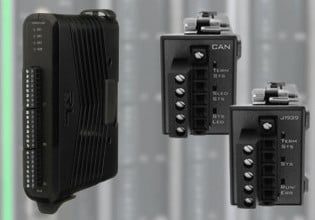S
Hi. I'm new with AB PLC's, for this reason I'm looking for information about the manner of connecting a Micrologix 1500 with a stepper motor. I know that Micrologix generate pulses, but what more I need?
thanks...
sarosero
thanks...
sarosero






